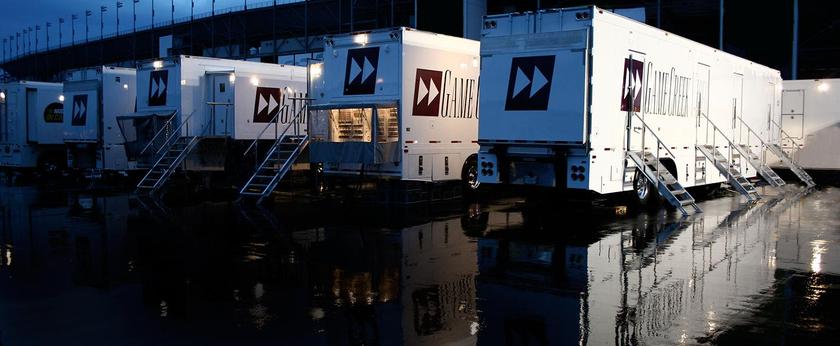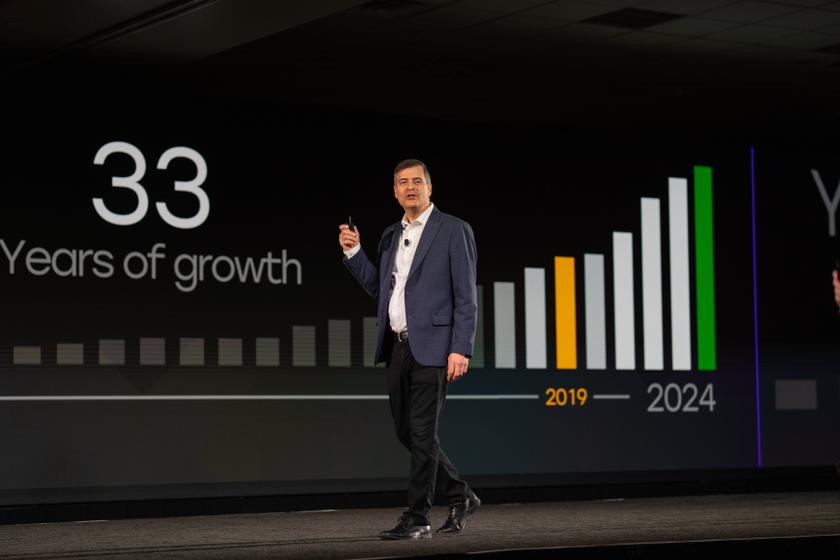Satellite Still a Contender for Live Sport Distribution
WASHINGTON—The first satellite was launched into space by the Soviet Union more than 60 years ago and ever since the technology has been a major factor in the distribution of communications and signals, including for the broadcast industry. However, as IP, OTT and other new forms of distribution continue to emerge and develop, is satellite going to come crashing back down to earth? Not necessarily, according to the panelists of the “Ultra HDTV Live Event and News Broadcasting: The Olympics and Beyond” panel at the Satellite 2018 conference.
The desire and capability to transmit content over IP continues to grow and many are looking toward OTT and other terrestrial services to do so, but according to panelist Antonio Arcidiacono, director of Innovation at Eutelsat S.A., those services don’t have a monopoly on IP. Arcidiacono says that satellites are just as capable of transmitting IP content and without some of the issues that terrestrial services may have.
Latency is one of the big issues when it comes to content, especially live content like sports, where concerns over available bandwidth can create multisecond delays. Arcidiacono says that problem is minimized with satellite, that there is in initial delay of about 120ms as it is being converted, “but once you’ve done this you are blended into the place you should be.”
[Eutelsat Globecast Launching Media Platform Over the Americas]
In sports, this is obviously a big deal. Rudiger Ellis, CEO of Switchboard Live, a video streaming platform, said the goal of every broadcaster is to give their audiences the highest quality content possible, in addition to HD or UHD, for live sports that include the least amount of latency so fans aren’t finding out about a game winning shot on social media before their screen buffers it.
This is why, according to the panel, satellite is still used as a primary source for major sports broadcasts, including the Olympics and the upcoming World Cup. In addition to providing that high-quality content, the panel explained that satellite can also prove to be a more reliable source in areas where bandwidth or other terrestrial signals are harder to access.
Broadcasters are utilizing IP and OTT technology for live productions, but rather than switching over completely, they use a combination of satellite terrestrial technology to ensure that they can deliver the content as reliably and in as many ways as possible.
Get the TV Tech Newsletter
The professional video industry's #1 source for news, trends and product and tech information. Sign up below.
This philosophy is ranging beyond sports too, as panelist Bart Van Poucke told the panel that Netflix and YouTube have been using satellite technology to help distribute their content to countries with less bandwidth or other connection issues.
So while IP may in fact be the way of the future, satellite isn’t going extinct immediately and Arcidiacono shared his thoughts as to why.
“On one side you have the new world where everything is IP, everything is flexible,” he said. “On the other side you have the legacy, and the legacy takes time before you get rid of the legacy system because people have been building business around it, people have been developing solutions. It’s the same thing on the broadcasting side.”
[Making Over-the-Air TV Cool Again]
There are still a number of new technological developments that will need to be addressed in the coming years that could impact how content is delivered, including the continued rise of UHD, augmented and virtual reality, to a variety and expanding choice of platforms. Even with all the change on the horizon, the panel firmly believes that in the realm of sports broadcasting, satellite will remain in the game for the time being.












